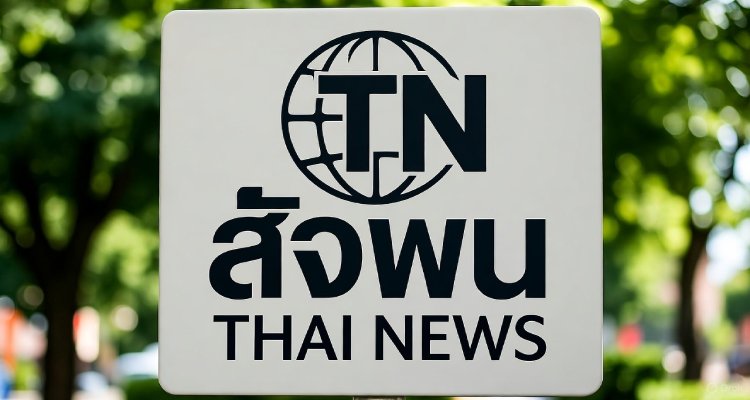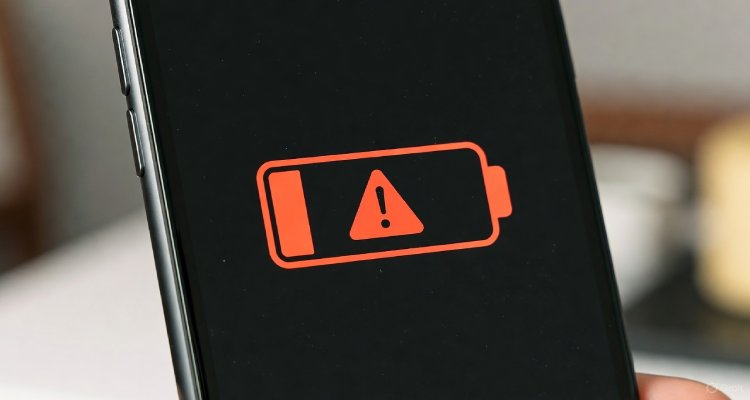Firewalls & Frontlines: The Cyber Battles Shaping the Future
As cyberattacks surge globally, nations and corporations find themselves on the frontlines of digital warfare, shaping a new era of defense and diplomacy.
Introduction: The War No One Sees, But Everyone Fears
A silent war is raging in cyberspace. It doesn’t shake the ground or tear through buildings—but it can paralyze a nation, steal billions, and disrupt lives with a few lines of code. From power grids in Ukraine to hospitals in the U.S., the digital battlefield is expanding. Today, cyberwarfare isn’t just a threat—it’s an active front shaping the future of global security, economy, and governance.
Context & Background: From Data Breaches to Digital Weapons
The evolution of cyber threats has escalated from petty hacks and financial frauds to sophisticated state-sponsored campaigns. In 2010, the infamous Stuxnet virus, allegedly engineered by U.S. and Israeli forces, crippled Iran’s nuclear program, ushering in a new era of cyber-weaponry. Since then, ransomware attacks, supply chain intrusions like SolarWinds, and attacks on critical infrastructure have become chillingly common.
According to IBM’s 2024 X-Force Threat Intelligence Index, the average time to identify and contain a breach is 277 days—a lifetime in digital terms. Meanwhile, geopolitical tensions between world powers—such as the U.S., China, Russia, and Iran—are increasingly playing out in cyberspace.
Main Developments: Cyber Battlegrounds from Washington to Kyiv
In the past year alone, the global landscape has witnessed a surge in cyber incidents that underscore the growing complexity and risk of digital warfare:
- Russia’s cyber offensives: As the war in Ukraine wages on, Russian hackers—believed to be linked to military intelligence units—have launched waves of cyberattacks targeting Ukrainian infrastructure, NATO servers, and European energy grids.
- China’s espionage operations: The U.S. recently accused China-backed threat group Volt Typhoon of infiltrating American critical systems, including water utilities, ports, and military communications, with the goal of long-term disruption rather than immediate damage.
- The rise of ransomware-as-a-service (RaaS): Cybercrime syndicates are now offering hacking tools to clients worldwide. In 2024, healthcare systems in Canada and school districts in the U.S. were shut down for days due to ransomware attacks facilitated through such networks.
- AI in cyber offense and defense: Artificial intelligence is a double-edged sword. While threat actors use AI to craft convincing phishing schemes and automate intrusions, cybersecurity firms are leveraging it to detect anomalies, simulate attacks, and patch vulnerabilities in real time.
Expert Insight: A High-Stakes Digital Cold War
Cybersecurity experts are sounding the alarm. “We’re witnessing a global arms race in cyberspace,” says Dr. Laura Mitchell, senior analyst at the Center for Cyber Conflict Studies. “It’s not just about stealing data anymore—it’s about sowing chaos, asserting dominance, and testing digital red lines.”
Lt. Gen. Robert Skinner, head of the U.S. Cyber Command, warned Congress earlier this year that the threat landscape has “morphed into persistent engagement,” where adversaries are constantly probing for weaknesses rather than waiting for a single catastrophic strike.
Public sentiment is also shifting. A 2024 Pew Research Center survey found that 68% of Americans now view cyberattacks from foreign nations as a top national security concern—higher than concerns about nuclear threats.
Impact & Implications: New Rules for a New Battlefield
The implications of cyberwarfare ripple far beyond government servers. Hospitals, banks, schools, and small businesses are all potential targets. The economic toll is staggering—cybercrime is expected to cost the world $13.8 trillion annually by 2028, according to Cybersecurity Ventures.
Nations are responding by militarizing their digital defenses. The U.S. has launched a “Cybersecurity Sprint”, bolstering public-private partnerships, mandating zero-trust architectures across federal agencies, and increasing funding for cyber talent recruitment. Similarly, the European Union is pushing forward with its Cyber Resilience Act, aiming to establish stricter standards for digital products and services.
But the legal and ethical frameworks remain murky. There is no Geneva Convention for cyberwarfare—no international agreement defining when a cyberattack becomes an act of war, or how states should respond proportionally. This ambiguity heightens the risk of escalation, misunderstanding, and digital retaliation spiraling into kinetic conflict.
Conclusion: Preparing for a Future Defined by Cyber Frontlines
As the firewalls of the past give way to the frontlines of tomorrow, cybersecurity is no longer a back-office IT function—it’s a cornerstone of national defense, corporate resilience, and personal safety. The digital battles we fight today will define the geopolitical balance, economic stability, and societal trust of the future.
In this high-stakes game of ones and zeroes, preparedness is power. Whether through stronger encryption, smarter policy, or international collaboration, the world must now learn to wage peace in a war that never sleeps.
Disclaimer : This article is for informational purposes only and does not constitute legal or cybersecurity advice. Always consult certified professionals for specific concerns.











